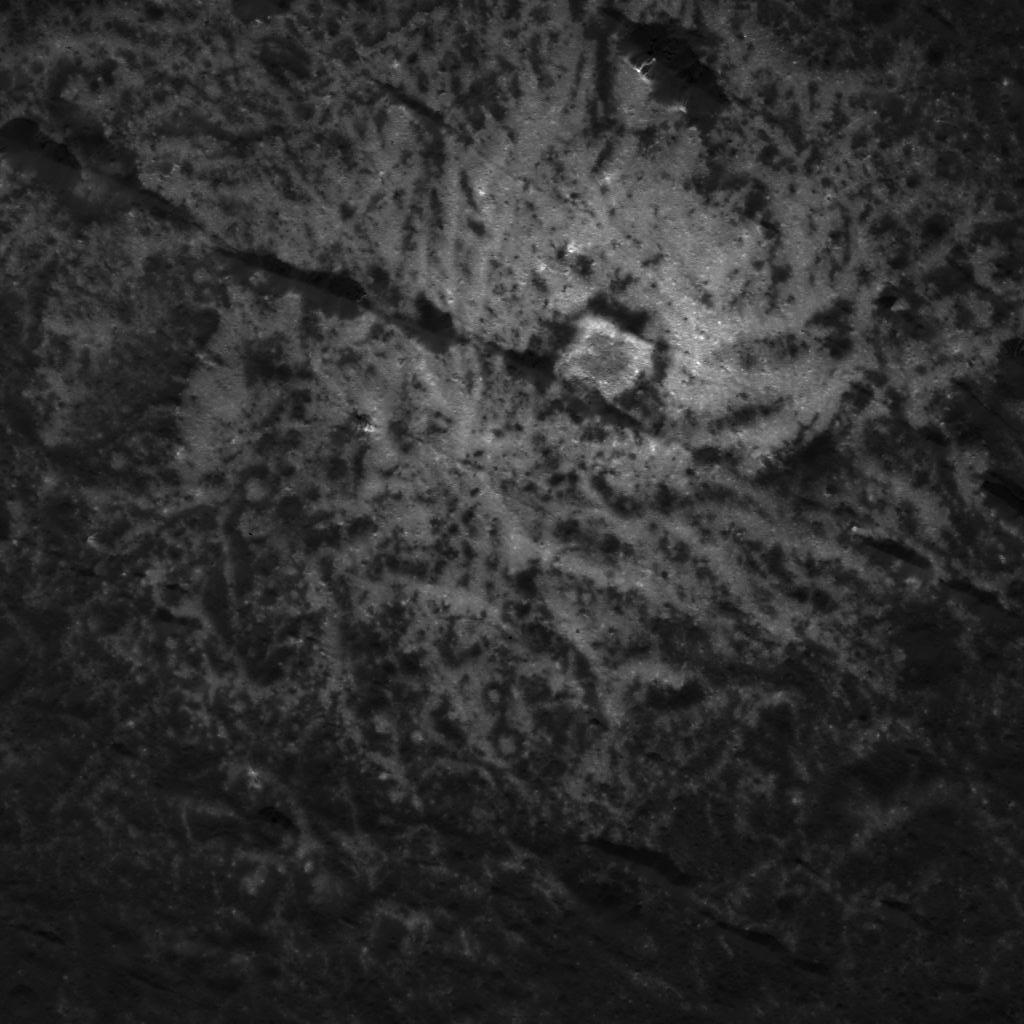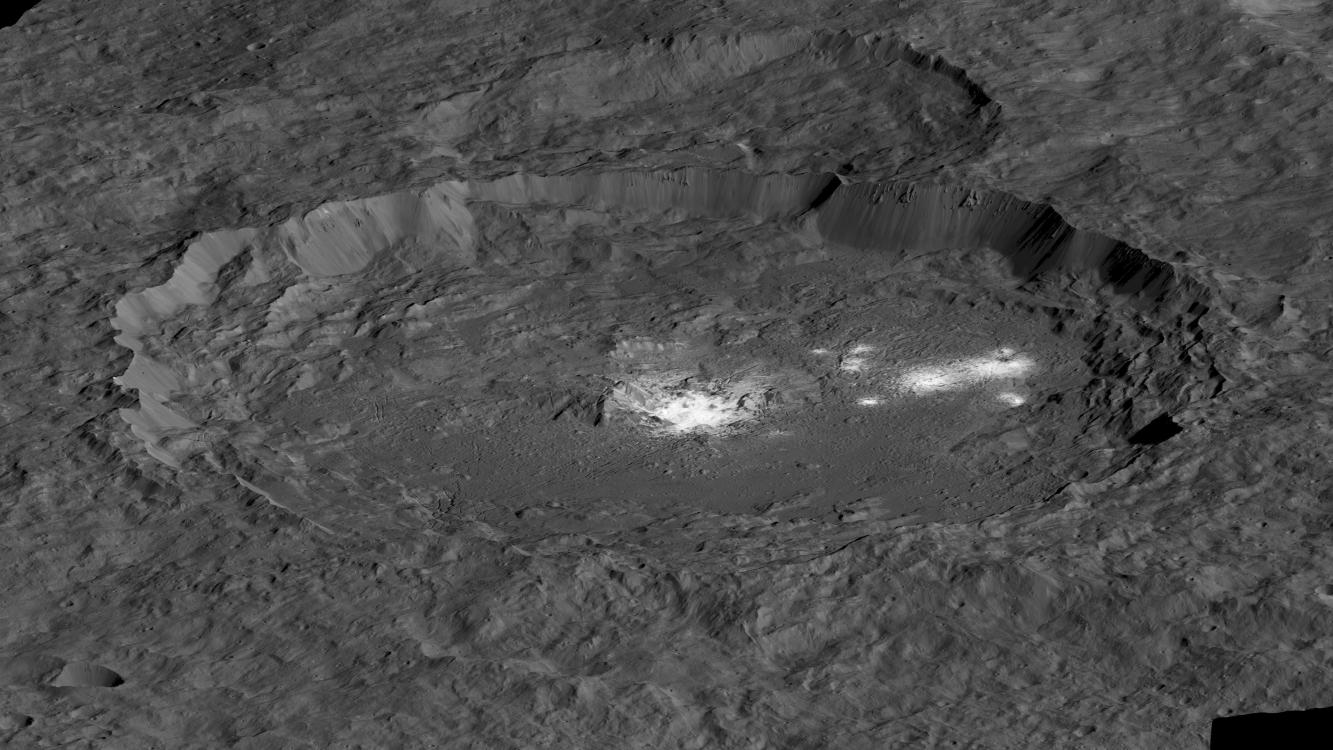Researchers were baffled when they looked into a mysterious, pyramid-shaped mountain that was discovered on the surface of a dwarf planet in our solar system ― Ceres. It comes after the Curiosity Rover of Nasa captured images of another triangular object poking over the horizon on Mars.

However, their Dawn satellite, which was orbiting 2,700 miles above the dwarf planet Ceres at the time, was able to detect this peak. More than half the height of Everest, the mountain rises three miles above the flat surface of Ceres. In the asteroid belt between Mars and Jupiter, Ceres is the largest object.
In addition, the space probe identified at least eight “strange brilliant spots” in a 55-mile-wide crater, which are considered to be made of a highly reflecting substance, with ice and salt being the most likely candidates.

Scott K. Waring, a Taiwanese virtual ufologist who has made numerous conspiracy discoveries, claimed the bizarre square structure to be man-made, because it has too many right angles, and such coincidences are not believed in science.
Experts have also discovered a large number of craters of varied sizes, several of which feature central peaks. It is claimed that there is “abundant evidence” of past activity on the planet’s surface, which includes landslides and destroyed constructions, among other things.
Carol Raymond, the deputy principal investigator for the Dawn mission, based at NASA’s Jet Propulsion Laboratory in Pasadena, California, said “The surface of Ceres has revealed many interesting and unusual features.”
Craters with central pits can be found on icy moons in the outer solar system, although central pits in huge craters are far more common on Ceres. “These and other characteristics will help us understand Ceres’ inner structure, which we can’t see directly,” said Carol Raymond.
On March 6, 2015, ‘Dawn,’ the first expedition to visit a minor planet, landed at Ceres. Ceres was found in 1801 and named after the Roman goddess of agriculture.




